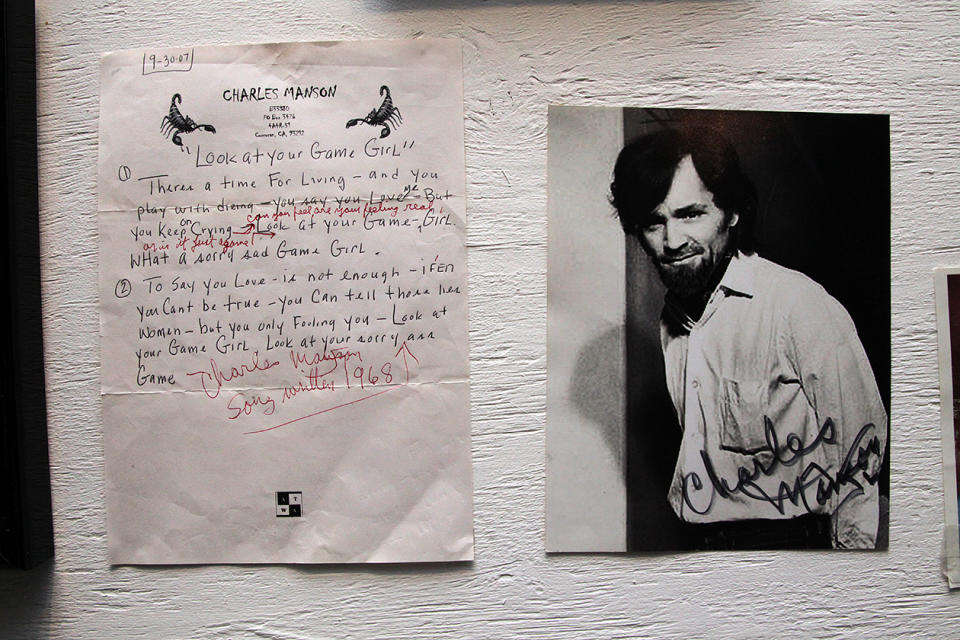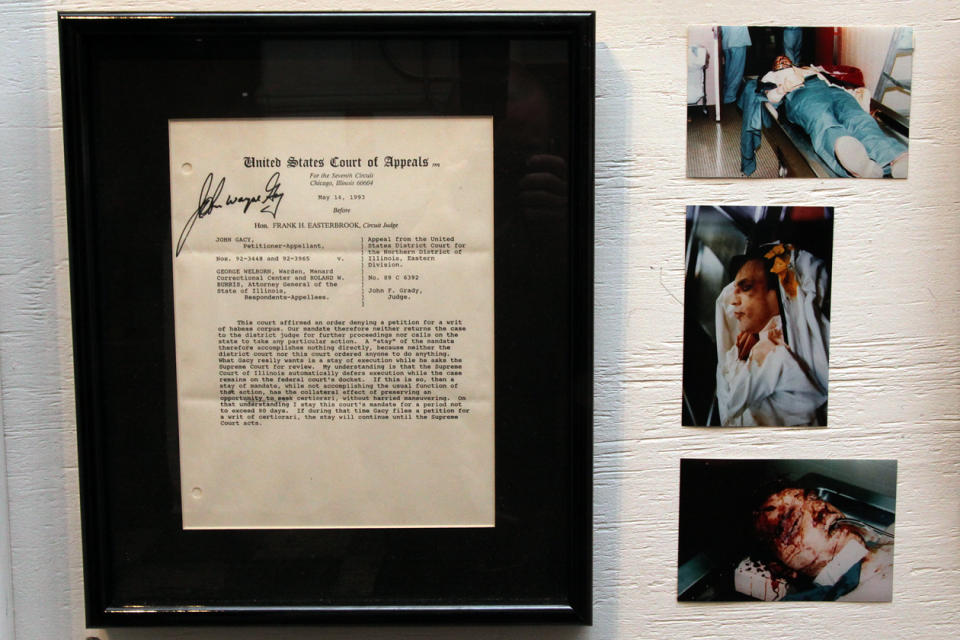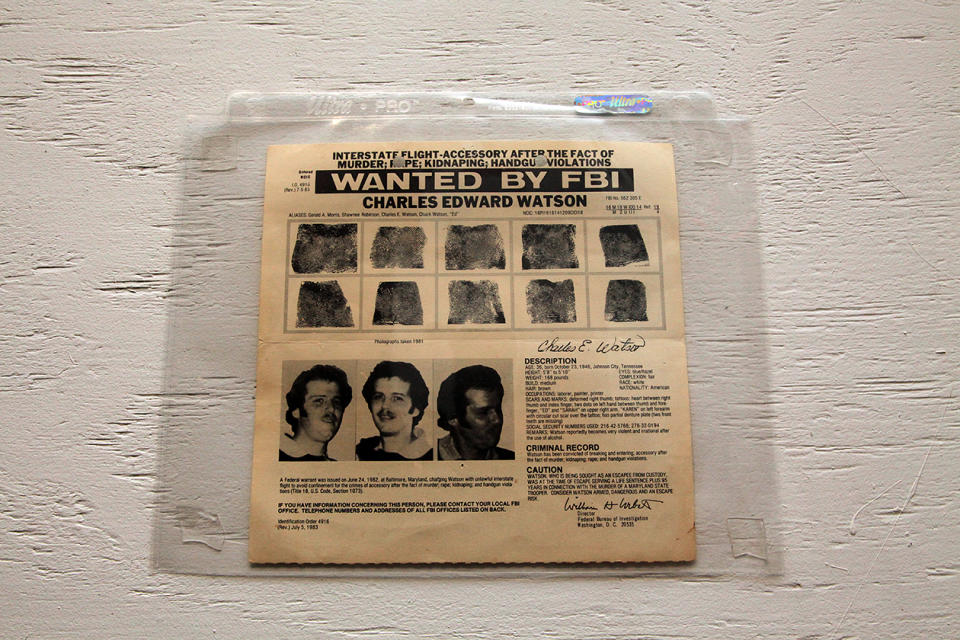Producing the Ultimate Fright

Americans are forecast to spend $8 billion on Halloween this year, according to the National Retail Federation, shelling out for things like pumpkins, candy, costumes, fake cobwebs and zombie masks. And, of course, haunted houses. With their Hollywood-style effects, haunted attractions have gotten increasingly sophisticated and in-your-face over the years.
“Killers: A Nightmare Haunted House,” opened last month on New York City’s Lower East Side, promises just that. Created by Tim Haskell and produced by Steve Kopelman, “Killers” takes a theatrical approach to the standard haunted house theme and plays on our fascination with serial killers. Jack the Ripper, Ted Bundy, Jeffrey Dahmer, the Zodiac killer, and even Dexter from the Showtime series make an appearance in the show.
We visited the “Killers” exhibit and spoke with Kopelman about the burgeoning haunted house industry and his strategies for creeping people out.
How did you get in to this business?
I've been producing haunted houses for about 30 years now. Years and years I've been on the road with the Stones and The Who, and I helped with merchandising for rock bands. I drove by a haunted house, and I thought "this is interesting." I've always wanted to get in to Hollywood movies and stuff, but never had the funds to do something like that. So I said, "Hmm, maybe producing a haunted house would be the next best thing." I've been doing it as my primary source of income for the past 30 years.

On the creation of Killers: A Nightmare Haunted House
I am not as involved in the creative process as Tim [Haskell] is — he's the director and this is his whole thing. He came to me talking about the serial killers process. A lot of attractions throughout the United States tried to latch on to the movie serial killers, like Freddy or Jason or Michael Meyers — but nothing is as scary as the real thing. When you get the real serial killer, there is a certain visceral element that is added as you go through [the haunted house] that really sets the mood. We are not doing anything at the attraction that glorifies a serial killer, because this is nothing to glorify him for. Rather we are letting people feel the empathy of the victim…while still maintaining an extremely high fright level as you go from scene to scene. This haunted attraction is far more theatrical than most attractions in the United States.
How much did you invest in this haunted house?
In this particular venture, it's about half a million dollars.
How did you fund your first haunted house?
I'd saved some money. The first haunted house I did was in Phoenix, Arizona. It was actually a rather large production; it was about 4,000 square feet, and the ticket price at that point was about $5 a person. It was in a tent, a 4,000 square foot tent. I think I got a little lucky. We did about 50,000 people — which is a huge number back then.
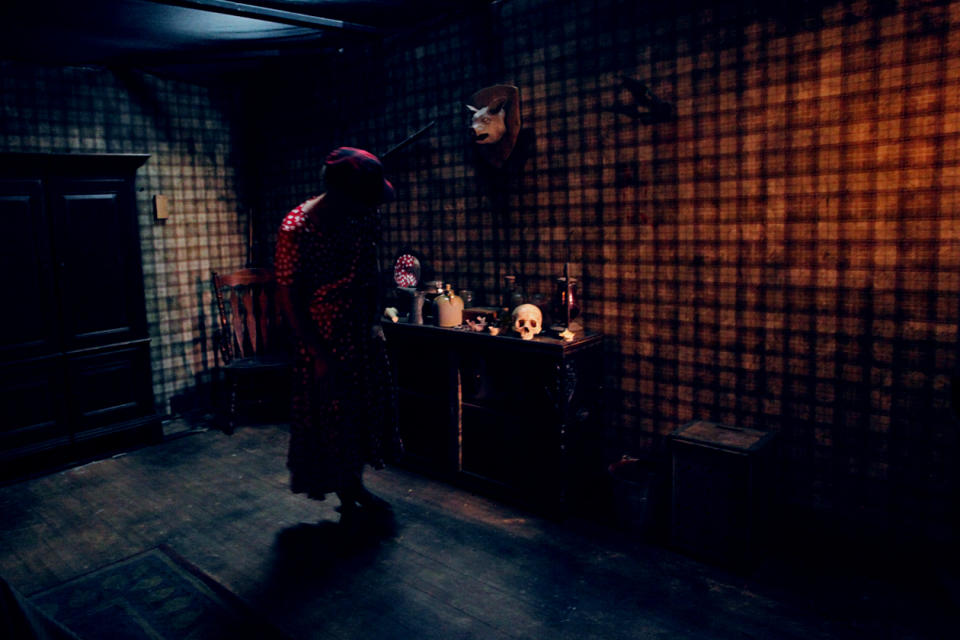
On the Halloween industry
I think Halloween and haunted houses have grown throughout the country — and throughout the world — over the past 30 years. I've never really had bad years or anything. September 11 was rough throughout the country, but other than that… Some of my attractions have a lot of outdoor elements, and so if you get inclement weather, it could negatively impact attendance. For the most part, every one of my attractions has had good growth.

On the business of haunting
Part of my model is to go into underperforming attractions and to try to turn them around. It could be any kind of market. A lot of times haunted houses are done by hobbyists that don't look at it as a business and they get in over their heads. So then I'll come in and advise them, put together marketing and business plans, and organize them in a much more business-like manner. People go to haunted houses for one reason and one reason only: they go to get scared. And too often, producers get lost in scaring the customers. I do whatever I can to keep our eyes on the ball and force as many different kinds of scares through an attraction as possible.

What do you mean by "lost"?
Let's say somebody goes and buys an expensive prop. If you go buy an expensive prop and light it bright, your expensive prop is useless. You end up having more of a museum, per se, than you have a haunted attraction. You have to keep things dim; people don't want bright light in a haunted house. Haunted houses use different illusions and different aspects to scare people. You have to make sure that you have the right mix of impactful frights, and you have to scare your patron in numerous different ways so they don't become immune as they go through.
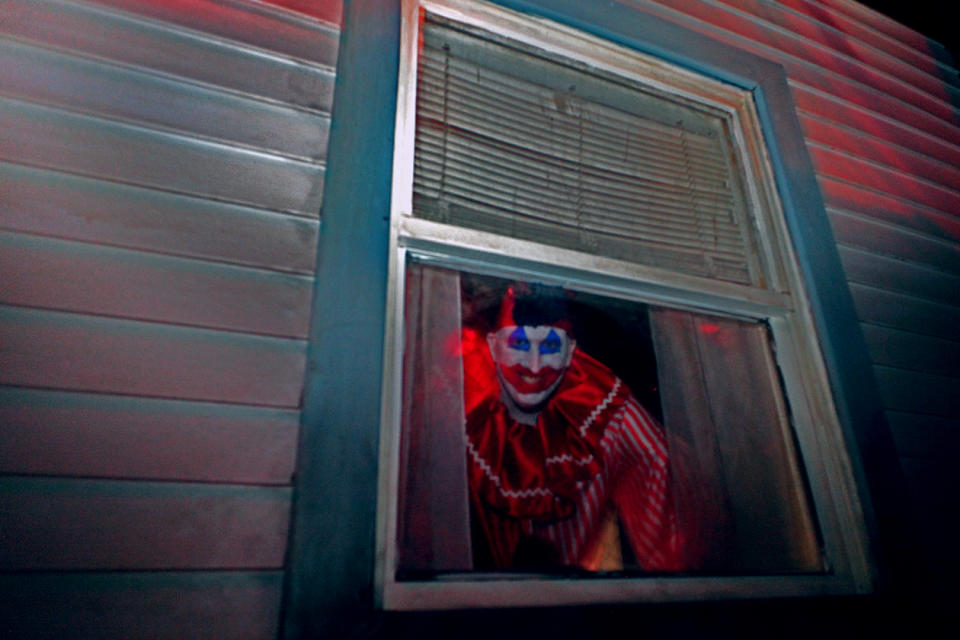
On taking technology to a different level
The innovation is phenomenal. When I started 30 years ago there were animatronics, and that was always great, with little things popping out and things along those lines. What I am trying to do this year is to take the technology thing to a different level, and we are testing it in Phoenix, in my haunted house called the The Nest. It will be the first attraction of any kind to utilize RFID technology. As people go through the attraction, we are going to be able to follow them. Actors will know them by name. They will also give us permission to access their social media so that, if you walk into a room, you may see pictures of your family and your friends on the wall, rather than some random pictures. When you go through our cemetery, your name and date of birth will be on the headstone — it will be absolutely crazy. Then you will have the social integration. Once they go through, we can post pictures of them getting scared on their Facebook page or a picture of the headstone with their name on their Facebook page. We are estimating that for every picture we post, we’ll get up to 1,000 impressions. In Phoenix alone, we are hoping to get between six and 10 million Facebook impressions. In just the RFID technologies, about a quarter of a million dollars were invested, the rest [of the house] is over a million dollars.

In Phoenix I brought in two companies. Fish Technology out of Arlington, Texas, is dealing with all the hardware aspects; they are a company with around 30 people. To deal the interactive part, I brought in a company called Brightline, based in Washington D.C. — they do all kinds of crazy work. They did a 24-hour installation about drug abuse in Grand Central Station, and they did this thing called “Moments of Pride,” utilizing Facebook for the National Guard, that I thought was phenomenal. They probably have 20 to 25 employees.
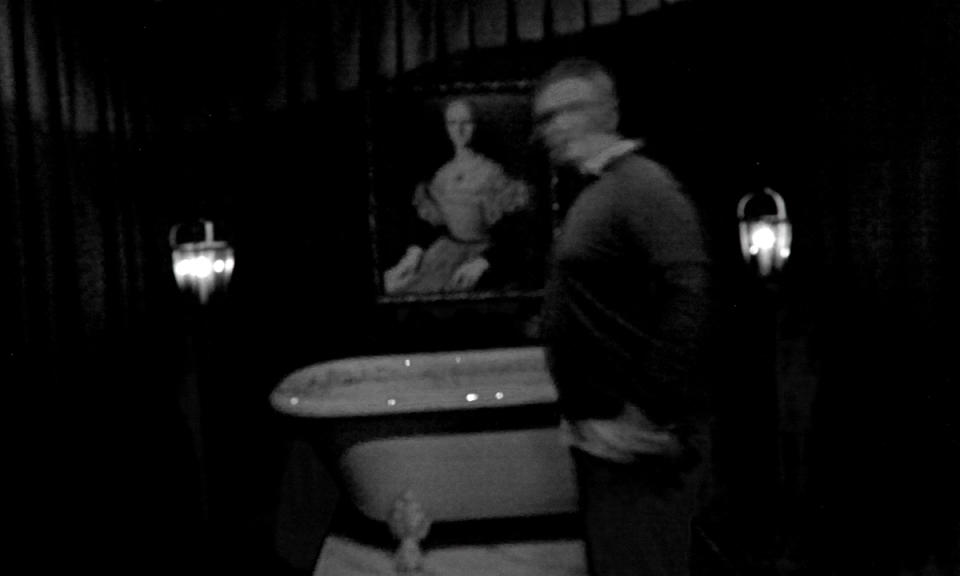
On industry trends and speculating on the future
There is no reason not to be optimistic. The industry has grown and grown. It’s been more accepted as a form of safe, fun entertainment for the Halloween season. There is no reason to think that’s going to change. If I keep producing quality events, people will keep coming. I have low double-digit growth over the past 10 years.
I am looking in to expanding to Europe next year…see what happens there. Halloween is getting an international acceptance…Hong Kong, Japan. A peer of mine did a haunted house in Shanghai for a couple of years, and had tremendous success. I'm looking at London and Rome as possible outlets to do something like what we are doing here.

Hollywood invasion
Hollywood has pushed to get in to the haunted attraction industry. Eli Roth from Hostel fame is doing Goretorium in Las Vegas this year. I believe he is doing full-time, 365 days. It’s a haunted house, and it’s probably a 5,000 to 10,000 square foot indoor facility. Jason Blum from Paranormal Activity is doing something called the Blumhouse in Los Angeles. You are getting more and more Hollywood people getting involved. I'll go to both of their events and see what they are doing. It’s always good to get an outsider’s view and see what they come up with. You can learn all the time. In New York City Sleep No More, while it is not a haunted house, is a great venue to come, look and see what they do and see how they did it.

The bottom line: the actors must be good
You can put in all the bells and whistles, but if you don’t have great actors, it doesn’t work. It’s the actors that bring people into the haunted house, so you really need good actors to carry off everything.


